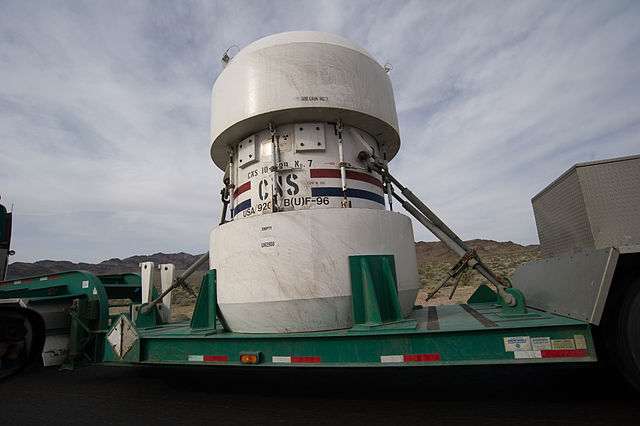Introduction:
Nuclear power generation has, in recent years, become a very viable source and alternative for energy. It is cheaper, less polluting, more efficient and requires lesser fuel than its conventional counterparts. But, along with it comes the serious issue of waste disposal. Accordingly, Nuclear power is the only large-scale energy-producing technology that fully takes care of its waste and even includes the cost of disposal in the charges to consumers. The amount of waste generated is also very small compared to the output generated. The level of hazard of all radioactive waste diminishes with time, which is not the case with other hazardous industrial materials.
Types of Nuclear waste:
Nuclear waste is classified into 3 types for effective disposal.
- Low-level waste(LLW)
- Intermediate-level waste(ILW)
- High-level waste(HLW)
The most significant HLW is the used nuclear fuel from the reactor left after 3 years of generating energy. LLW is made up of lightly contaminated items like tools and clothing etc. ILW may contain used filters, steel casing, effluents, etc.
Volumetric distribution:
High-level wastes contain 95% of the radioactivity, but make just 3% of the total volume of waste arising from nuclear power generation. Whereas Low-level wastes contain only 1% of radioactivity but represent 90% of the total volume of radioactive waste. Intermediate-Level Waste account for 7% by volume but only 4% in terms of radioactivity.
Management and disposal:
HLW: Consisting mainly of used fuel, it needs to be cooled down for handling. Also, it has to be stored in shielded areas due to the high-level of radioactivity it possesses. Thick concrete or steel walls can provide the insulation, better yet, a thick layer of water can provide both cooling and shielding. The used fuel remains underwater for 5 years after which it may be transferred to concrete/steel storages or it may remain underwater for 50 years at the same facility.
ILW & LLW: These are disposed of closer to the surface in established repositories. LLW disposal sites are specifically built but not much different from normal municipal waste sites.
Other sources of waste:
It is surprising to note that the Nuclear power industry is not the only industry that produces nuclear waste. Medicine, particle and space research, oil and gas, and mining also produce nuclear waste. The measures taken to manage waste in these industries are varied and, in some cases, even ineffective.
Image credits : Bill Ebbesen under CC 3.0
Your Turn…
What are your thoughts on this topic? Express your opinion through the comment section below. And subscribe to our blog to read answers to trending GD topics.
Copyright @ Group Discussion Ideas.

